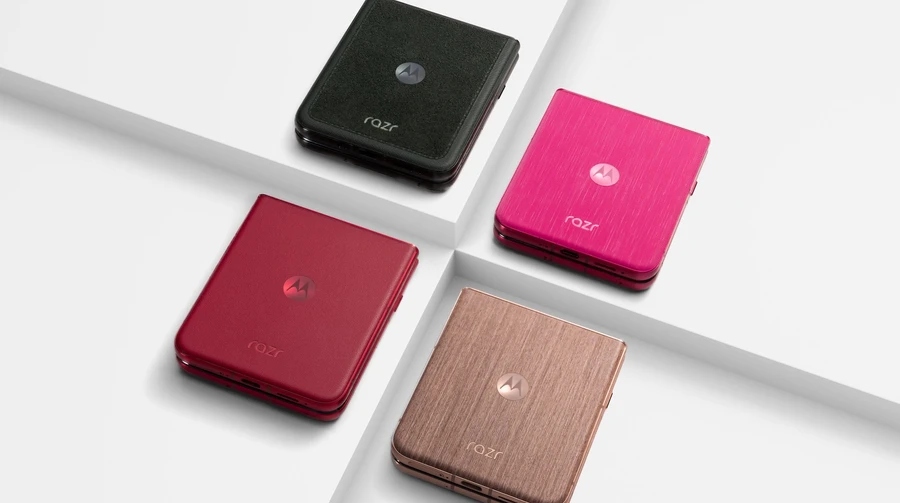
Imagine a world where robots don’t just follow pre-programmed instructions but actually learn and adapt like living beings. The integration of into the Luna robot dog represents a significant milestone in the evolution of artificial intelligence (AI). Unlike traditional AI systems that rely on static datasets and pre-trained models, IntuiCell introduces a dynamic approach to learning.
This innovation enables , closely mimicking the learning processes observed in humans and animals. By allowing AI systems to evolve through continuous interaction with their environment, IntuiCell sets a new benchmark for intelligent, adaptable systems. IntuiCell technology enables real-time, autonomous learning, mimicking human and animal adaptability, unlike traditional AI systems reliant on static datasets.

Traditional AI struggles with adaptability and requires resource-intensive retraining, making it unsuitable for dynamic, real-world applications. IntuiCell introduces a digital nervous system for self-driven learning and real-time adaptation, allowing AI systems to evolve continuously without external intervention. The Luna robot dog showcases IntuiCell’s capabilities, including terrain adaptability and emergent behaviors, demonstrating its potential in robotics.
IntuiCell’s versatile architecture extends its applications to physical agents (e.g., drones, autonomous vehicles) and digital systems, promising fantastic impacts across industries.
While traditional AI systems have proven effective in performing specific tasks, they are inherently limited in their ability to adapt to new or unpredictable environments. These systems rely heavily on pre-trained data and backpropagation algorithms, which restrict their flexibility. For instance: – A robot trained to navigate an office space may struggle to adapt to outdoor environments with uneven terrain.
– Retraining such systems for new tasks often requires significant time, computational resources, and human intervention. This lack of adaptability makes traditional AI unsuitable for dynamic, real-world applications where and flexibility are critical. The inability to evolve in real time limits their utility in scenarios that demand responsiveness to changing conditions.
IntuiCell technology addresses the shortcomings of traditional AI by drawing inspiration from neuroscience. It introduces a that mirrors the way biological organisms learn and adapt. This innovative approach enables AI systems to operate with greater autonomy and intelligence.
Key features of IntuiCell include: – AI systems equipped with IntuiCell acquire knowledge directly from their environment, eliminating the dependency on predefined datasets. – These systems can adjust to new scenarios without requiring external intervention or retraining. By allowing continuous evolution, IntuiCell transforms AI into a more versatile and capable tool, capable of addressing complex challenges across a wide range of applications.
Enhance your knowledge on robotics by exploring a selection of articles and guides on the subject. The Luna robot dog serves as a compelling example of IntuiCell’s potential. Equipped with this advanced technology, Luna demonstrates the ability to learn autonomously through exploration and interaction.
Its capabilities include: – Luna seamlessly transitions between smooth indoor surfaces and rugged outdoor terrains, showcasing its ability to adjust to diverse environments. – Similar to a young animal, Luna learns to stand, balance, and navigate obstacles through experience, without requiring explicit programming for each task. These features highlight Luna’s capacity to adapt and evolve, offering a glimpse into the practical applications of IntuiCell in robotics.
By allowing robots like Luna to learn and grow through interaction, IntuiCell paves the way for more intelligent and responsive robotic systems. The versatility of IntuiCell technology extends far beyond the realm of robotics. Its adaptable architecture makes it suitable for a wide array of physical and digital systems, including: – Drones, autonomous vehicles, and other robotic platforms can benefit from IntuiCell’s ability to learn and adapt in real time.
– Virtual assistants, simulation platforms, and other software-based systems can use IntuiCell to enhance their functionality and responsiveness. This broad applicability ensures that IntuiCell can address diverse challenges across industries, from transportation and healthcare to entertainment and education. By allowing systems to continuously learn and adapt to their specific roles, IntuiCell has the potential to transform how AI is integrated into everyday life.
Currently, the Luna robot dog is in its “newborn” phase, focusing on mastering fundamental mechanics and environmental interactions. As the system matures, it will progress to a “child” phase, during which it will acquire more complex skills through real-world exploration and guided instruction. This developmental approach mirrors the gradual, experience-driven learning process observed in humans, emphasizing the importance of and adaptation.
The broader implications of IntuiCell are profound. By prioritizing genuine intelligence and continuous adaptation, this technology has the potential to redefine the capabilities of autonomous systems across various domains. As Luna continues to evolve, it serves as a tangible example of how AI systems can grow and improve through interaction with their surroundings.
The introduction of IntuiCell technology into the Luna robot dog represents a paradigm shift in artificial intelligence. By allowing real-time, autonomous learning inspired by human cognition, IntuiCell overcomes the limitations of traditional AI systems. Its adaptability and versatility promise to transform industries ranging from robotics to digital systems, setting a new standard for intelligent agents.
As Luna continues to develop, it exemplifies the potential of AI systems that learn and grow through interaction, paving the way for a future where intelligent systems are more responsive, capable, and integrated into our daily lives. Media Credit:.














